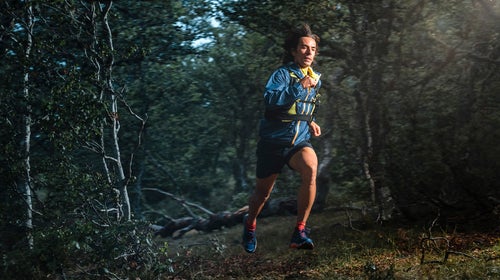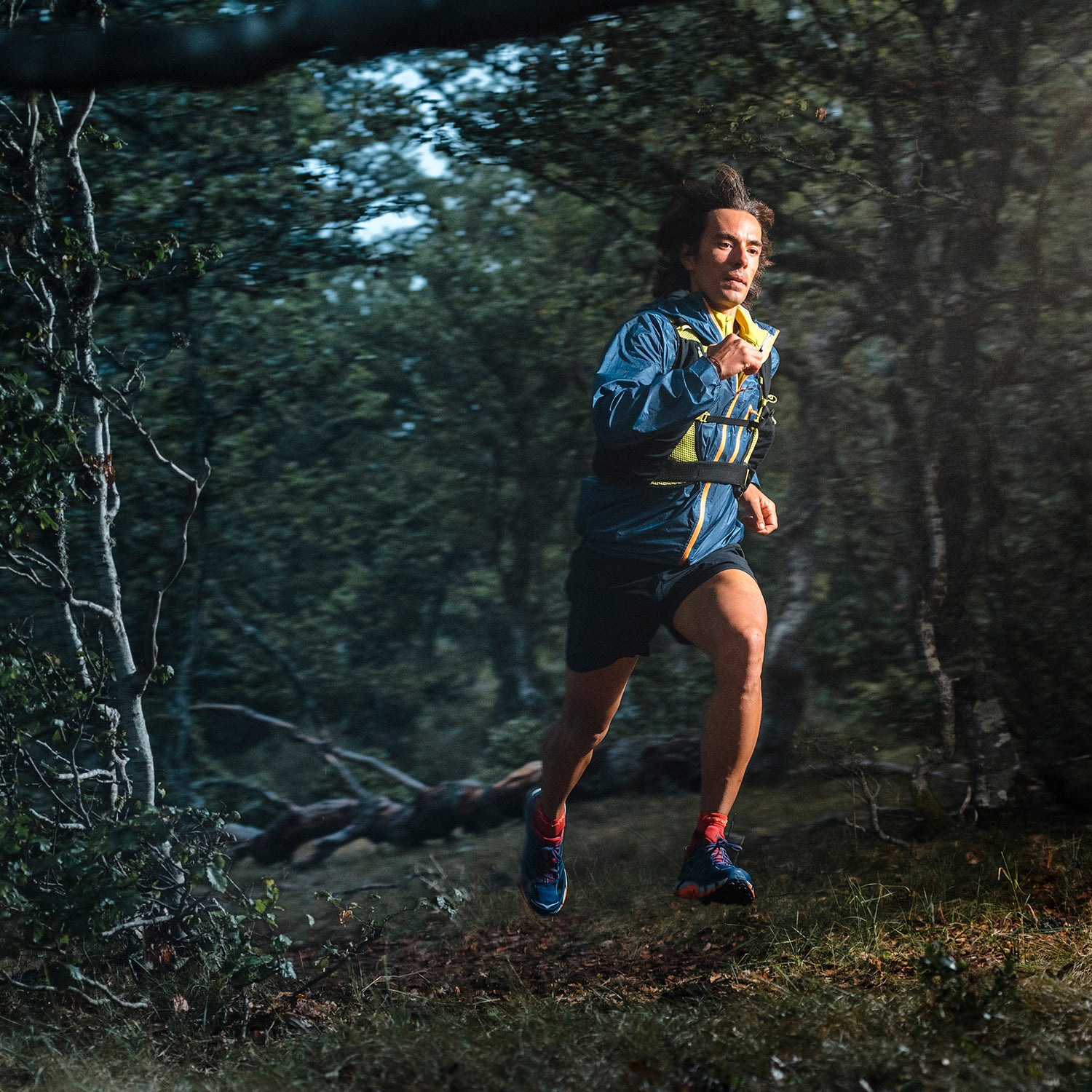I’m drowning at the gym. We’re four hours into the , run by coach and trainer Rob Wilson, and right now I’m “dryland swimming,” which involves carrying kettlebells across the floor with no oxygen in my lungs. Turns out that’s really freaking hard.
Practicing breathwork isn’t exactly groundbreaking. The ujjayi breath, with its dramatic “ha” exhale, is an integral part of yoga, and athletes have been limiting their oxygen intake during workouts for decades. Wilson developed the Art of Breath four years ago to help deliver a mix of these drills to the masses. During a one-day session last November, he taught me and 41 other participants how to perfect this basic life function with innovative exercises like dryland swimming and inflating a balloon while holding a static pull-up. I went to see if such drills could help me get faster on the bike and stronger in the gym. According to Wilson, it’s possible. But only if I stop breathing through my mouth.
For many, mouth breathing is instinctual. As carbon dioxide builds in the body during workouts, it makes us hungry for air. Breathing through the mouth offloads more carbon dioxide than breathing through the nose, quieting the alarm bells going off in the brain. But a in Japan suggests that tolerating higher levels of carbon dioxide in the body may signify a higher level of fitness. Subsequent studies have corroborated the benefit of training your body to handle more CO2, showing an increase in athletes’ maximum oxygen uptake after they practice restrictive breathing. The dryland swimming drill was Wilson’s way of showing participants how much carbon dioxide buildup they could tolerate and how fit they really are. (I walked 20 feet before quitting. Most people in the clinic went twice as far.) Mouth breathing has other drawbacks: it has been associated with poor sleep and lower stamina during exercise.
Meanwhile, breathing through the nose does increase carbon dioxide in the blood, but it’s also been shown to release nitric oxide, which helps deliver more oxygen to cells. That heightened oxygenation is a natural performance enhancer, according to Patrick McKeown, a clinical director at the Buteyko Clinic, a breathing institute based in Ireland. “Mouth breathing is an epidemic,” McKeown says. “Any athlete who trains while nasal breathing will, after several weeks, exceed their personal best, regardless of their sport.”
McKeown recommends combining nasal breathing with breath-hold exercises similar to the dryland swimming drill. Research coming out of Europe demonstrates the athletic promise of this type of training. One 2018 study, published in the European Journal of Sports Science, looked at 21 rugby players who did sprint tests over a four-week period. The group who held their breath during the exercise increased the average number of sprints they could do during a timed session from nine to 15. The control group showed no improvement. (Obviously, performing breath holds and nasal breathing during workouts isn’t for everyone. People with a heart condition, lung problems, or high blood pressure should probably skip it.)
After the Art of Breath clinic, I spent a month practicing various breathing exercises, some of which went more smoothly than others. Box breathing (see below), which stimulates the vagus nerve that runs from the brain to the abdomen and tells your body to calm down, helped me relax at work. I talked to a surfer who claimed that taping his lips shut before bed helped improve his sleep and performance. It took me a few days to work up the courage to try it, but when I did, most nights I fell asleep fast and woke up feeling refreshed and alert. It didn’t even hurt when I pulled the tape off my mouth in the morning.
At first I struggled with nasal breathing while exercising. But after some encouragement from Wilson, I now breathe through my nose during the majority of my five-mile runs. I recover faster post-workout, and while I’m still not great at dryland swimming, I’ve seen improvement—instead of drowning at 20 feet, I start drowning at 30. Recently, I completed a mile-long treadmill workout at ten miles per hour, a speed that typically leaves me completely out of breath. This time, I felt like I could keep going.
Box Breathing
Do this exercise to relieve anxiety, improve focus, and build carbon dioxide tolerance, all while seated at your desk.
- Sit upright, with your shoulders above your hips.
- Breathe in through your nose for four seconds.
- Hold for four seconds.
- Exhale for four seconds.
- Hold with your lungs empty for four seconds.
Repeat at least five times. Work to increase the duration of each step, up to ten seconds.


